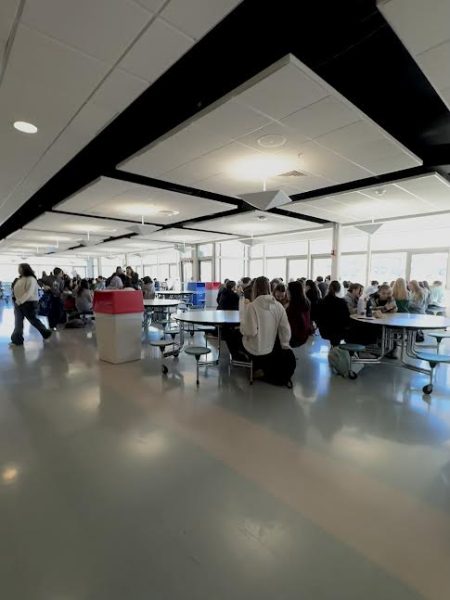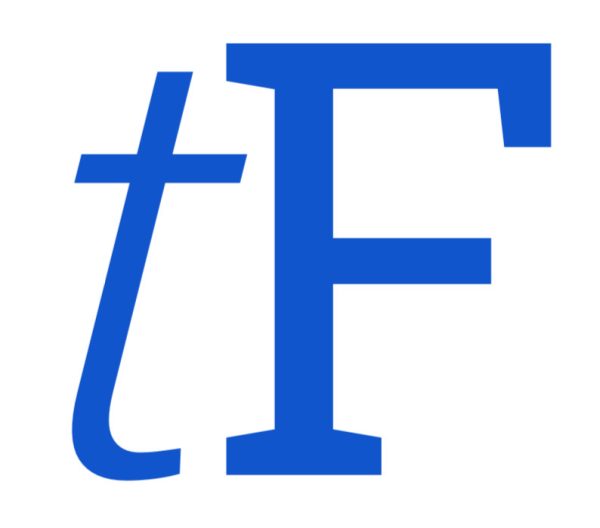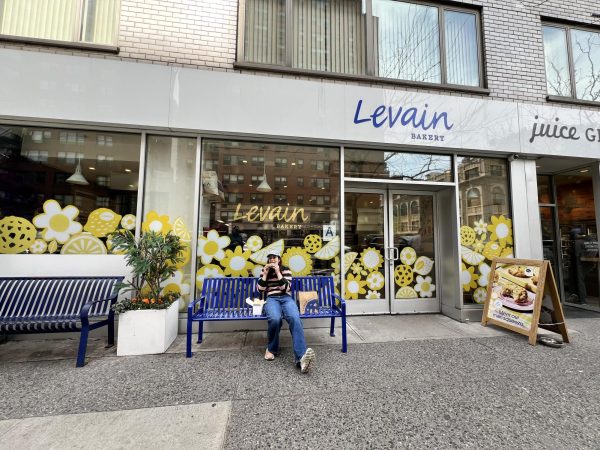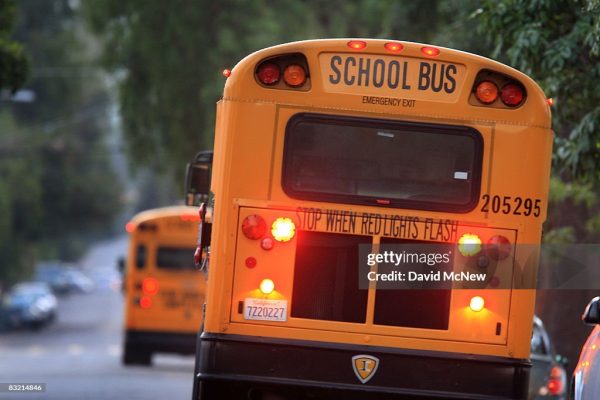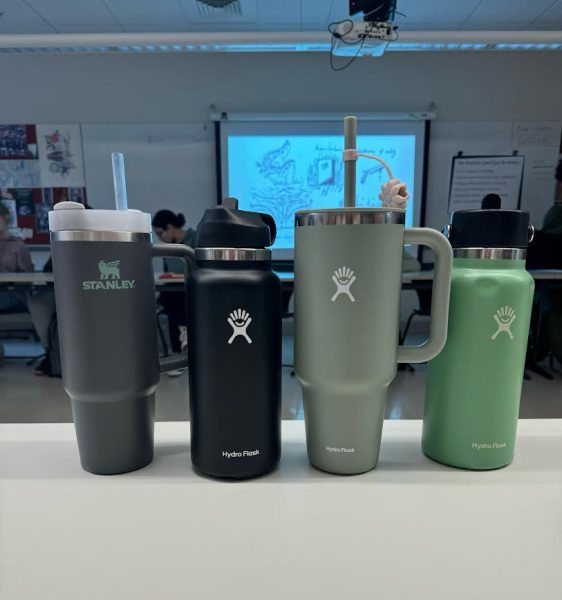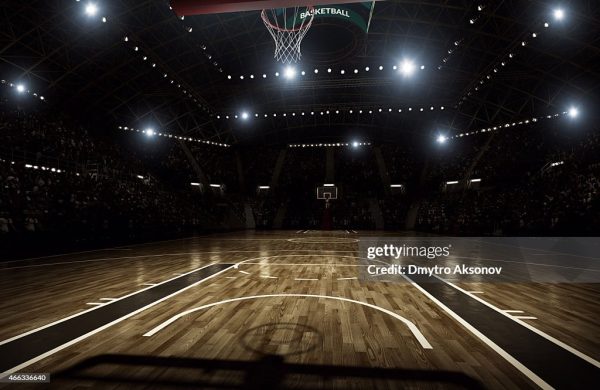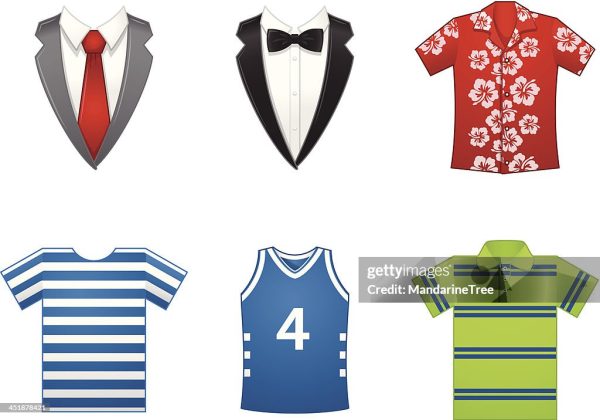School Spirit and Self-Expression Through Fashion at L-S
Whether it is a field hockey player in a tutu or a cross-country runner in a Hawaiian tee shirt, unusual attire is part of our school culture. We have a space where it is standard to represent your team and school. Dressing up is an important asset when it comes to creating an exciting, self-expressive environment. Some of the occasions where it is routine to dress up include senior dress-up day, certain home games, and football games. Themes, such as neon, pink out, and dress as a kindergartner, are just some of the many concepts. What is the point of these often elaborate outfits you may ask? In my opinion, they are a great way to bring together our school and allow us to support our community. In addition, wearing fun clothing allows us to grow closer and bond with one another. Self-expression is a key way to engage with those around you and develop your identity.
L-S allows students to represent themselves in an abundance of ways. Creativity is essential to student development because it allows us to grow and have fun in a safe space. Clothing and fashion are some of the most fundamental ways a teenager can represent themselves. One way L-S encourages self-expression is by not enforcing a dress code and instead allowing students to dress however they feel most comfortable. When students are comfortable it allows them to focus on their work and be more productive. Although it is often considered petty or excessive to put too much thought into one’s outer appearance, the effort can often be a great escape. Our physical appearance allows us to convey things that cannot always be said through words. Dress codes can often suppress self-expressiveness and convey harmful, sexist messages. Our school community, however, allows students to feel safe and comfortable. Giving students the ability to feel secure in a school environment is an extreme advantage. Students’ only priority should be to learn and thrive and, to do so, students must feel comfortable in their skin.
Dress codes can often suppress self-expressiveness and convey harmful, sexist messages. Our school community, however, allows students to feel safe and comfortable.
In contrast, schools across the world feel it is necessary to enforce a dress code or require uniforms. They could argue that school is supposed to prepare students for a professional work environment, where dress codes are often necessary. In comparison, uniforms often create an equal playing field and allow students to fully focus on school work. However, are arguments surrounding “professionalism” worth excusing misogynistic messaging and taking away a student’s self-expression?


